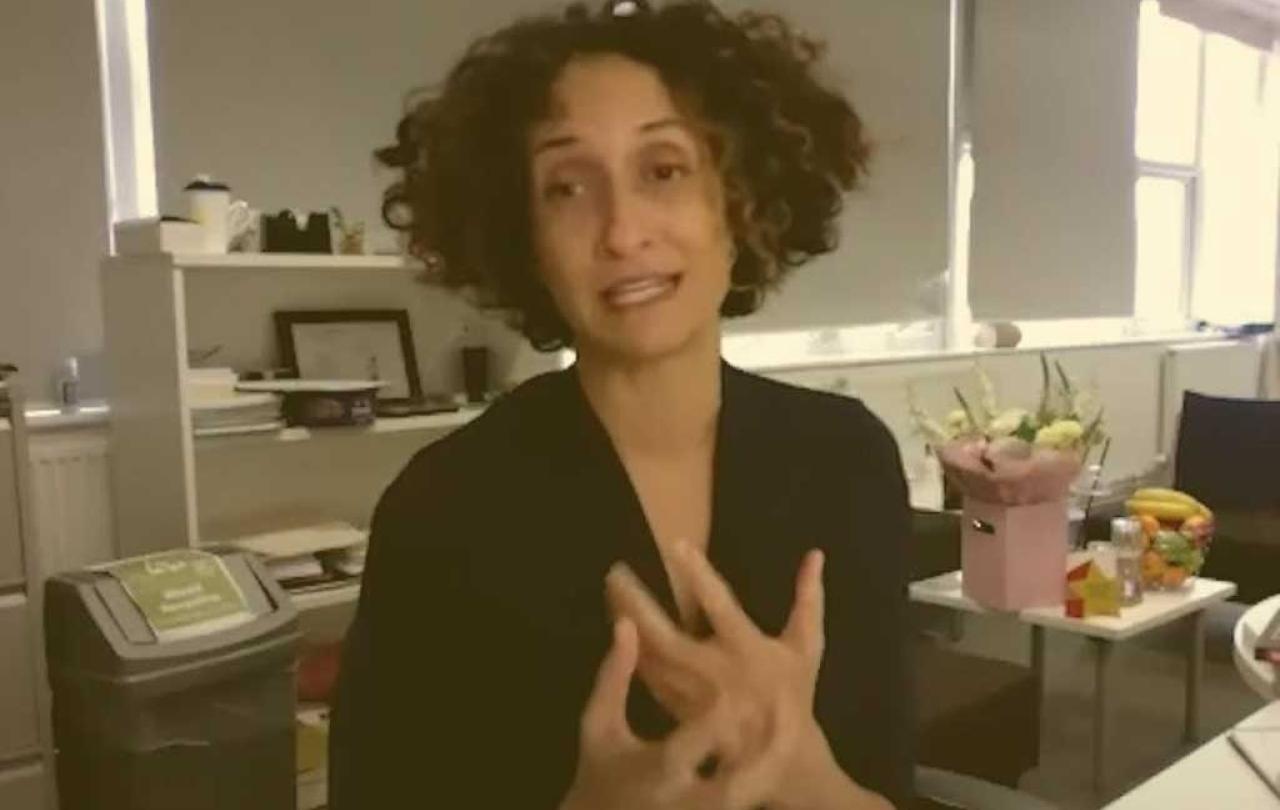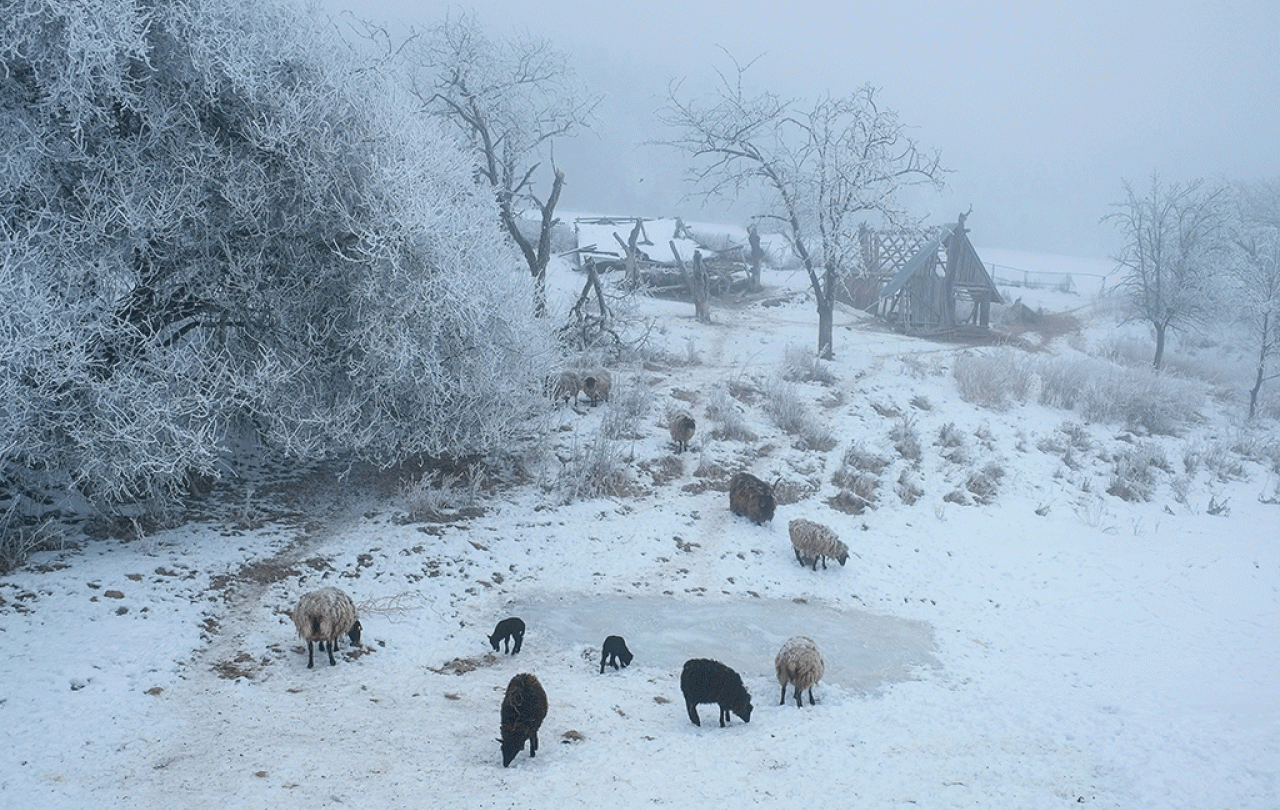
Listen now
Watch now
I’m finding it very hard to sum up my conversation with Katharine Birbalsingh, to place it neatly in a mental box. But I’m wondering if that’s the value of it.
Katharine has infamously been dubbed ‘Britain’s Strictest Headteacher’, and after spending an hour in her company, I can understand why – it’s as if an air of authority was baked into her DNA. She is the founder and headteacher of Michaela Community School in Wembley, a school which has garnered a huge amount of attention not only because of their outstanding success, but also because of the ‘clear ethos’ that Katherine accredits the success to.
Michaela School has silent and single-file corridors, meaning that transitions between classes tend to take ninety seconds. Turning around to talk to another child in class is immediately punishable by detention, children are taught to stand for Katherine when she enters assembly, and lunch times have set conversation starters. When Katharine says, ‘I believe in strictness’, she really means it.
It’s safe to say that Katherine has both avid admirers and passionate critics, and perhaps many people who can’t quite decide which camp to pitch their tent in.
What struck me the most about Katharine’s approach to education during our conversation was the why behand the what. It seems to me that these behavioural expectations are not for their own sake. She defined her approach this way,
‘It’s holding them (the pupils) to high standards, and loving them enough to do so… People don’t like strictness, but it’s a way in which you can support the most disadvantaged children’.
Katharine’s educational philosophy is driven by a stubborn compassion, a stubborn hope, a stubborn confidence. Michaela school, a school with no kind of selection process, refuses to underestimate a single child that flows through it. Katharine has made the decision to give her life to helping children, particularly those who are so often overlooked, reach their full potential, and therefore, happiness. And who can fault that? Her school may be extreme in its methods (although I’m sure she would refute that), but I find the reasons that undergird its culture hard to find any kind of fault with.
Another thing that I can fully agree with is Katharine’s palpable admiration for teachers, something which she believes to be lacking in common consciousness,
‘People who aren’t teachers don’t realise just how much teachers have to give; how exhausting it is, how much energy it requires, and how intellectually demanding it is. I think that being a teacher is the biggest privilege and the hardest job. And people who haven’t done it, they just don’t realise… they don’t realise how clever you have to be, how skilled you have to be.’
I, like you, know and love enough people who are/have been teachers to be able to wholly agree with these words. We are not nearly thankful enough, and we need more teachers to tell us so.
So, this was the arc of the first half of our conversation with Katharine, we were able to soak up her obvious passion for her job and the children that she spends her days with. I found myself thankful that Michaela School exists, but equally thankful that my parents did not send me there.
Katharine is a campaigner by nature, and so the second half of our conversation with Katharine seemed to focus on some of her more controversial views on wider culture. It is at this point in the episode that you will undoubtedly be reminded that she has become quite the polarizing figure. There is plenty to admire about Katharine, there is also, as you can imagine, plenty to disagree with. I’m willing to place my own cards on the table and admit that there was much that Katharine said that I do not agree with. While there is no need to go into the specifics (what you think about her views because of this conversation is of far more importance), on reflection I have noticed that there is a theme that ties together the places where we differ in opinion and conviction: the theme is binary characterisation.
When surveying the cultural landscape, there is a tendency (amongst us all) to place people into binary categories in a way that I’m not convinced is actually happening within the cultural landscape itself (at least, not to the extent we are assuming). There is nuance to us all, I’m afraid it is an inescapable by-product of humanity, we are not 2D creatures. And so, there is nuance to our political and cultural ideas, our convictions, perceptions, hopes and fears. Any characterisation of us that strips away such nuance is doomed to be a caricature, a mischaracterisation.
I found her reference to ‘original sin,’ and the way she uses it as a means by which to regard children as inherently ‘naughty’ particularly interesting, not least because she does not believe in God. The whole theological concept of ‘original sin’/’the fall’ (as Marilynne Robinson refers to it on a previous episode of Re-Enchanting), isn’t binary. The Genesis literature, from which Katherine is drawing her thesis, is intent on answering the question of why good and bad seem to co-exist, why we aren’t all one-dimensionally-good, why goodness prevails in some cases, and evil is triumphant in others. Why, to borrow a phrase, what we want to do we do not do, but what we hate we do.
Beauty and brokenness are neighbours within us, living in astonishingly close proximity – and that, as I understand it, is the reality of ‘original sin.’
Perhaps this is where our tendencies to place people into rigid cultural categories, to treat each other as if we come with some kind of moral package-deal, comes from: what we believe about human nature becomes what we perceive when interacting with it.
Nevertheless, interviewing Katharine from her desk in her school, with the ‘pips’ that signify the end of class as our backing track, I was reminded that Katharine is a person who lives out her convictions, and I am sure her pupils are profoundly thankful for that. Sure, she seems to make herself many an enemy whenever she stands on a national platform, but far more of her life is spent behind the doors of Michaela School, serving her community with her disposition of stubborn hopefulness.
And so, there they are – my anything but neat reflections on my conversation with Katharine Birbalsingh, you can listen to her episode of Re-Enchanting now.





